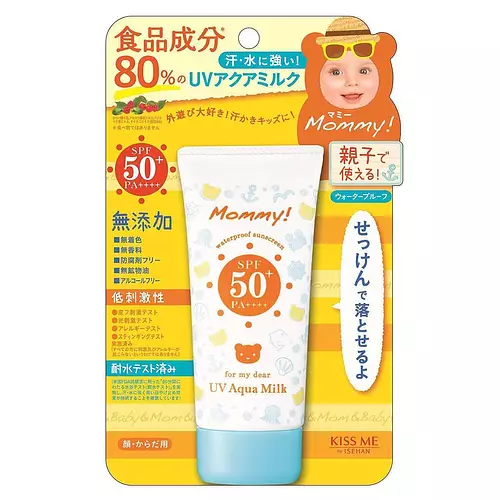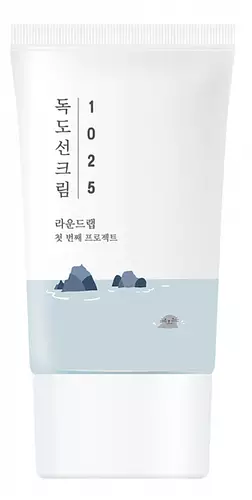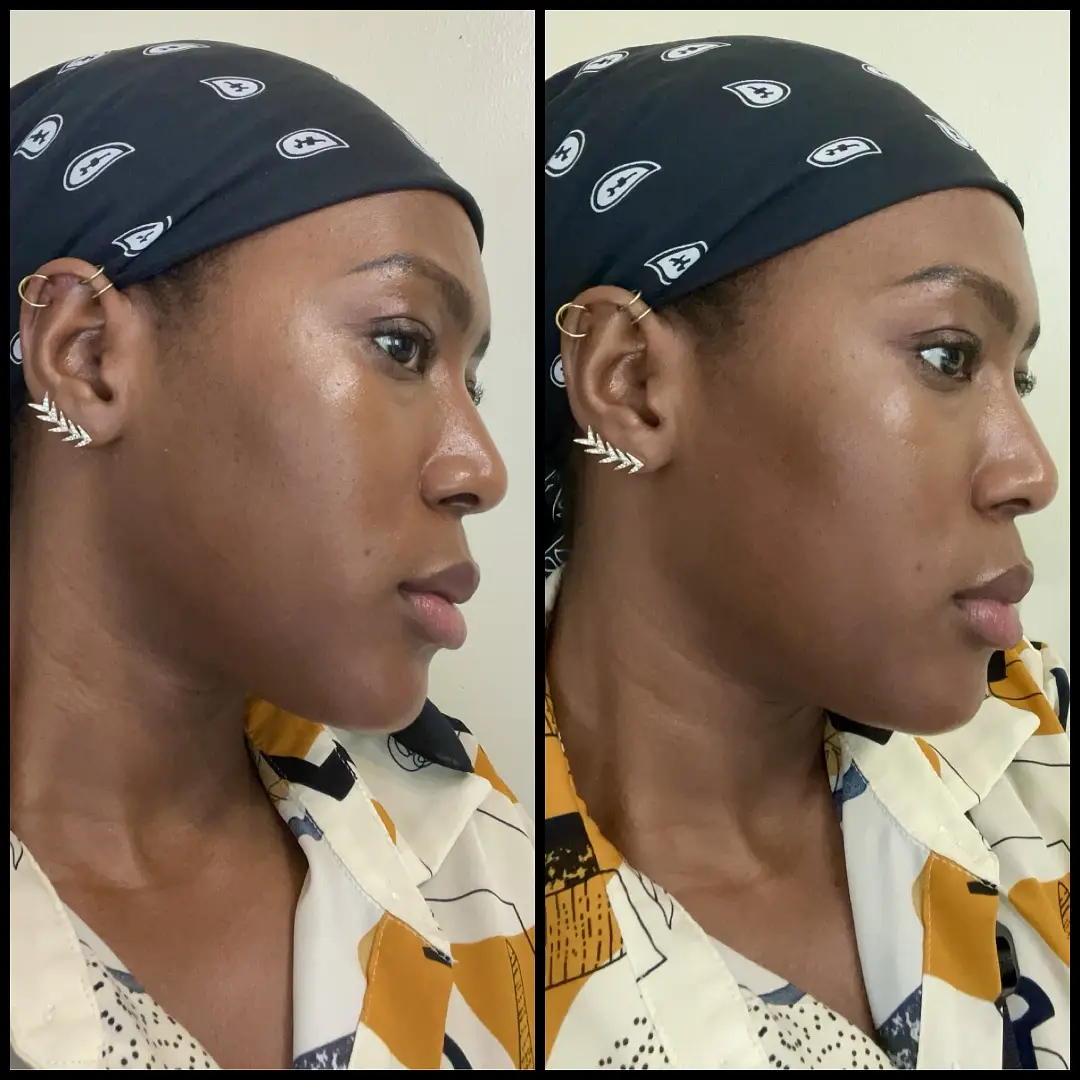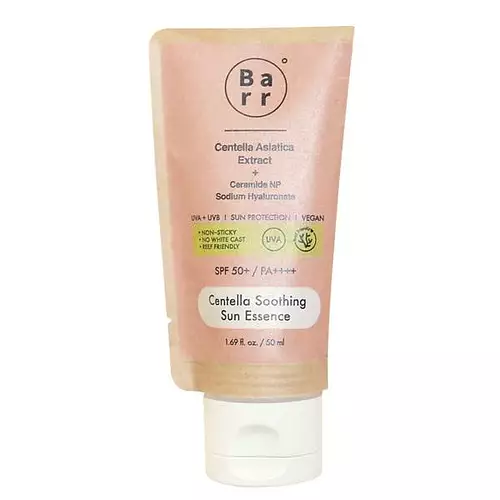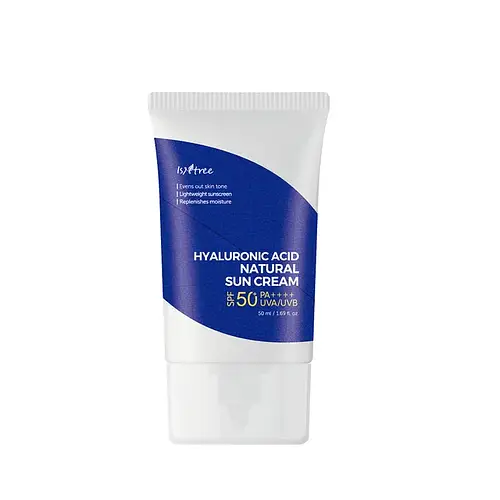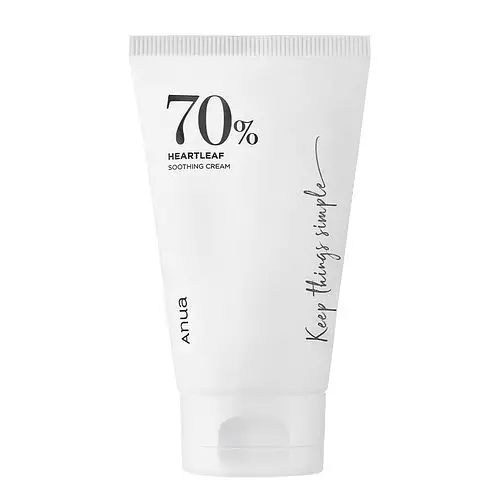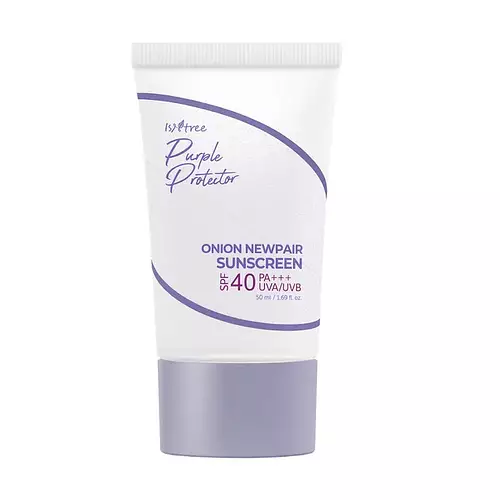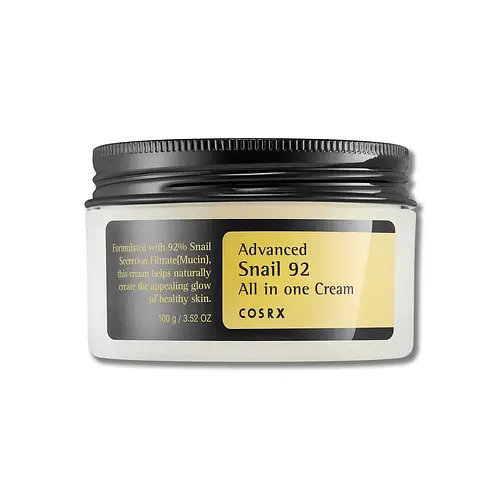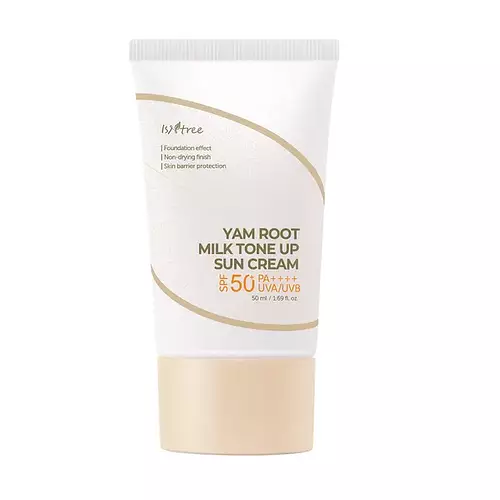ISEHAN Kiss Me Mommy UV Aqua Milk SPF 50+ PA++++ Versus Round Lab 1025 Dokdo Sun Cream SPF 50+ PA++++
Overview
What they are
These products are both sunscreens. They have a total of 10 ingredients in common
Cool Features
They both contain hyaluronic acid and SPF
Suited For
They're both likely to be good for anti aging, dry skin and sensitive skin
Free From
They both do not contain any harsh alcohols, common allergens, fragrances, parabens or sulfates
What's Inside
They both contain silicones
We independently verify ingredients, and our claims are backed by peer-reviewed research. Spot a product that needs an update? Let us know.
Ingredient Info
ISEHAN Kiss Me Mommy UV Aqua Milk SPF 50+ PA++++ 32 ingredients
Round Lab 1025 Dokdo Sun Cream SPF 50+ PA++++ 47 ingredients
At a glance
Click on any of the items below to learn more
ISEHAN Kiss Me Mommy UV Aqua Milk SPF 50+ PA++++ 32 ingredients
Round Lab 1025 Dokdo Sun Cream SPF 50+ PA++++ 47 ingredients
Notable Ingredients
This product contains 3 ingredients that may have this attribute:
This product contains 1 ingredient that may have this attribute:
This product contains 1 ingredient that may have this attribute:
Benefits
This product contains 3 ingredients that may have this attribute:
This product contains 3 ingredients that may have this attribute:
This product contains 3 ingredients that may have this attribute:
This product contains 1 ingredient that may have this attribute:
Concerns
This product contains 1 ingredient that may have this attribute:
Notable Ingredients
This product contains 4 ingredients that may have this attribute:
This product contains 1 ingredient that may have this attribute:
This product contains 1 ingredient that may have this attribute:
This product contains 1 ingredient that may have this attribute:
This product contains 3 ingredients that may have this attribute:
Benefits
This product contains 1 ingredient that may have this attribute:
This product contains 2 ingredients that may have this attribute:
This product contains 5 ingredients that may have this attribute:
This product contains 4 ingredients that may have this attribute:
This product contains 2 ingredients that may have this attribute:
This product contains 2 ingredients that may have this attribute:
This product contains 1 ingredient that may have this attribute:
This product contains 2 ingredients that may have this attribute:
This product contains 2 ingredients that may have this attribute:
This product contains 2 ingredients that may have this attribute:
Concerns
This product contains 1 ingredient that may have this attribute:
This product contains 1 ingredient that may have this attribute:
This product contains 1 ingredient that may have this attribute:
This product contains 1 ingredient that may have this attribute:
Ingredients Side-by-side
Ingredients Explained
These ingredients are found in both products.
Ingredients higher up in an ingredient list are typically present in a larger amount.
Water. It's the most common cosmetic ingredient of all. You'll usually see it at the top of ingredient lists, meaning that it makes up the largest part of the product.
So why is it so popular? Water most often acts as a solvent - this means that it helps dissolve other ingredients into the formulation.
You'll also recognize water as that liquid we all need to stay alive. If you see this, drink a glass of water. Stay hydrated!
Learn more about WaterDiethylamino Hydroxybenzoyl Hexyl Benzoate (DHHB) is a chemical UVA absorber. It is formulated for high UVA protection (320-400 nm).
DHHB is well-liked for:
DHHB has been approved by the EU, Japan, Taiwan, and South America for use up to 10%. Unfortunately, it has not been approved for use in the US or Canada due to slow regulatory processes.
This ingredient is soluble in oils, fats, and lipids.
It is an UV absorber. UV absorbers are an agent that absorbs UV rays to protect your skin. They use chemical reactions to convert UV rays into heat and energy.
Learn more about Diethylamino Hydroxybenzoyl Hexyl BenzoatePentylene glycol is typically used within a product to thicken it. It also adds a smooth, soft, and moisturizing feel to the product. It is naturally found in plants such as sugar beets.
The hydrophilic trait of Pentylene Glycol makes it a humectant. As a humectant, Pentylene Glycol helps draw moisture from the air to your skin. This can help keep your skin hydrated.
This property also makes Pentylene Glycol a great texture enhancer. It can help thicken or emulsify a product. Emulsifiers help stabilize a product. It does this by preventing certain ingredients from separating.
Pentylene Glycol also acts as a mild preservative and helps to keep a product microbe-free.
Some people may experience mild eye and skin irritation from Pentylene Glycol. We always recommend speaking with a professional about using this ingredient in your routine.
Pentylene Glycol has a low molecular weight and is part of the 1,2-glycol family.
Learn more about Pentylene GlycolSodium Hyaluronate is hyaluronic acid's salt form. It is commonly derived from the sodium salt of hyaluronic acid.
Like hyaluronic acid, it is great at holding water and acts as a humectant. This makes it a great skin hydrating ingredient.
Sodium Hyaluronate is naturally occurring in our bodies and is mostly found in eye fluid and joints.
These are some other common types of Hyaluronic Acid:
Learn more about Sodium HyaluronateYou might know this ingredient as Tinosorb S or Bemotrizinol. It is a UV filter that covers both UVA and UVB rays.
Bemotrizinol has two peak UV absorption peaks ( 310 and 340 nm) and is able to absorb both UV-A and UV-B rays. Skin exposed to UV causes free-radical molecules to form. This ingredient works by preventing the UV from reaching your skin.
It is highly photostable and helps prevent the photodegration of other sunscreen ingredients such as avobenzone.
Bemotrizinol is not approved in the US but is allowed in the EU, Australia, and Asia.
In fact, it is the most effective UV absorber at maximum concentration (measured by SPF) permitted by in the EU.
It is oil-soluble.
Learn more about Bis-Ethylhexyloxyphenol Methoxyphenyl TriazineEthylhexylglycerin (we can't pronounce this either) is commonly used as a preservative and skin softener. It is derived from glyceryl.
You might see Ethylhexylglycerin often paired with other preservatives such as phenoxyethanol. Ethylhexylglycerin has been found to increase the effectiveness of these other preservatives.
Betaine is a common humectant (a substance that promotes retention of moisture). It's known to be gentle on the skin and can help balance hydration.
Betaine is best for improving hydration and soothing irritated skin. Studies show betaine may help with uneven skin tones.
Betaine is naturally created in the skin and body. The form found within cosmetic products can be either plant-dervied or synthetic.
Learn more about BetaineAcrylates/C10-30 Alkyl Acrylate Crosspolymer is a synthetic polymer. It is used to thicken and improve the texture of products.
Acrylates/C10-30 Alkyl Acrylate Crosspolymer is also an emulsifier. Due to its properties, it can prevent water and oil ingredients from separating.
Carbomer is a polymer of acrylic acid. Its main role is to create gel consistency within products.
Carbomer is commonly found in many types of cosmetics products. It is found to be safe in concentrations up to 15%. However, a high amount of carbomer can cause pilling or balling up of products. Most products contain 1% of less of carbomer.
Butylene Glycol (or BG) is used within cosmetic products for a few different reasons:
- It is a solvent, meaning that it helps to dissolve other ingredients. This also enhances the absorption of the product into one's skin.
- It is a humectant, which means that it helps attract moisture into the skin.
- It helps improve product application.
Overall, Butylene Glycol is a safe and well-rounded ingredient. It is unlikely to irritate skin, and works well with pretty much all other ingredients.
Ingredient Ratings
Here's what our community thinks of the ingredients in these products.
When to use
ISEHAN Kiss Me Mommy UV Aqua Milk SPF 50+ PA++++ 32 ingredients
Round Lab 1025 Dokdo Sun Cream SPF 50+ PA++++ 47 ingredients

Reviews
Here's what our community thinks
ISEHAN Kiss Me Mommy UV Aqua Milk SPF 50+ PA++++ 32 ingredients
Keila93
Amazing!
I just HAD to submit this product so I could add it to my routine on here Lol. Have been on a hunt for a good, fragrance-free and...
Amazing!
I just HAD to submit this product so I could add it to my routine on here Lol. Have been on a hunt for a good, fragrance-free and lightweight sunscreen and finally found it!. It's meant for babies so my sensitive skin has been fine, no white-cast, absolutey no smell, super lightweight, and absorbs fast. My sunscreen hunt is over!
Round Lab 1025 Dokdo Sun Cream SPF 50+ PA++++ 47 ingredients
AshN.
I came across this product recently after realizing that my skin type changed from dry to oily, which was why my go-to sunscreen was BGS for a long...
I came across this product recently after realizing that my skin type changed from dry to oily, which was why my go-to sunscreen was BGS for a long while. I started noticing that it would have my skin feeling/looking more greasy after the 2-hour mark. That is not the case for this Round Lab sunscreen. I absolutely cannot get over how well this product controlled my oily skin/sebum! Aside from that, the ingredients are gentle enough to not sting/irritate my eye area, didn't notice any harsh smells during application and after, and lastly a very important element for me: NO white cast! I would say this product has more of a matte finish but not enough to dull the natural shine I already have, which is a plus for me. At times, I even thought I had forgot to apply sunscreen just because of how lightweight this product feels on your face throughout the day (even to the touch) so it absorbs very well! I attached photos 5 min after application to 2 hours after application respectively, and the finish speaks for itself. It maintained the nice glow I had with no additional residue to give off that greasy appearance. This is an 11/10 for me, just wish it came in a bigger size!
Lapaki
This reef-safe chemical sunscreen is my favorite for summer use. It leaves a silky and soft finish, feeling very light on the skin. It even seems...
This reef-safe chemical sunscreen is my favorite for summer use. It leaves a silky and soft finish, feeling very light on the skin. It even seems to reduce sweating. The application is simple and quick; the product spreads with ease and absorbs within a couple of minutes. There's no pilling, no residue, and reapplication is hassle-free. While it's not hydrating enough for winter use on my dry skin, those with oilier skin types might find it just right.
